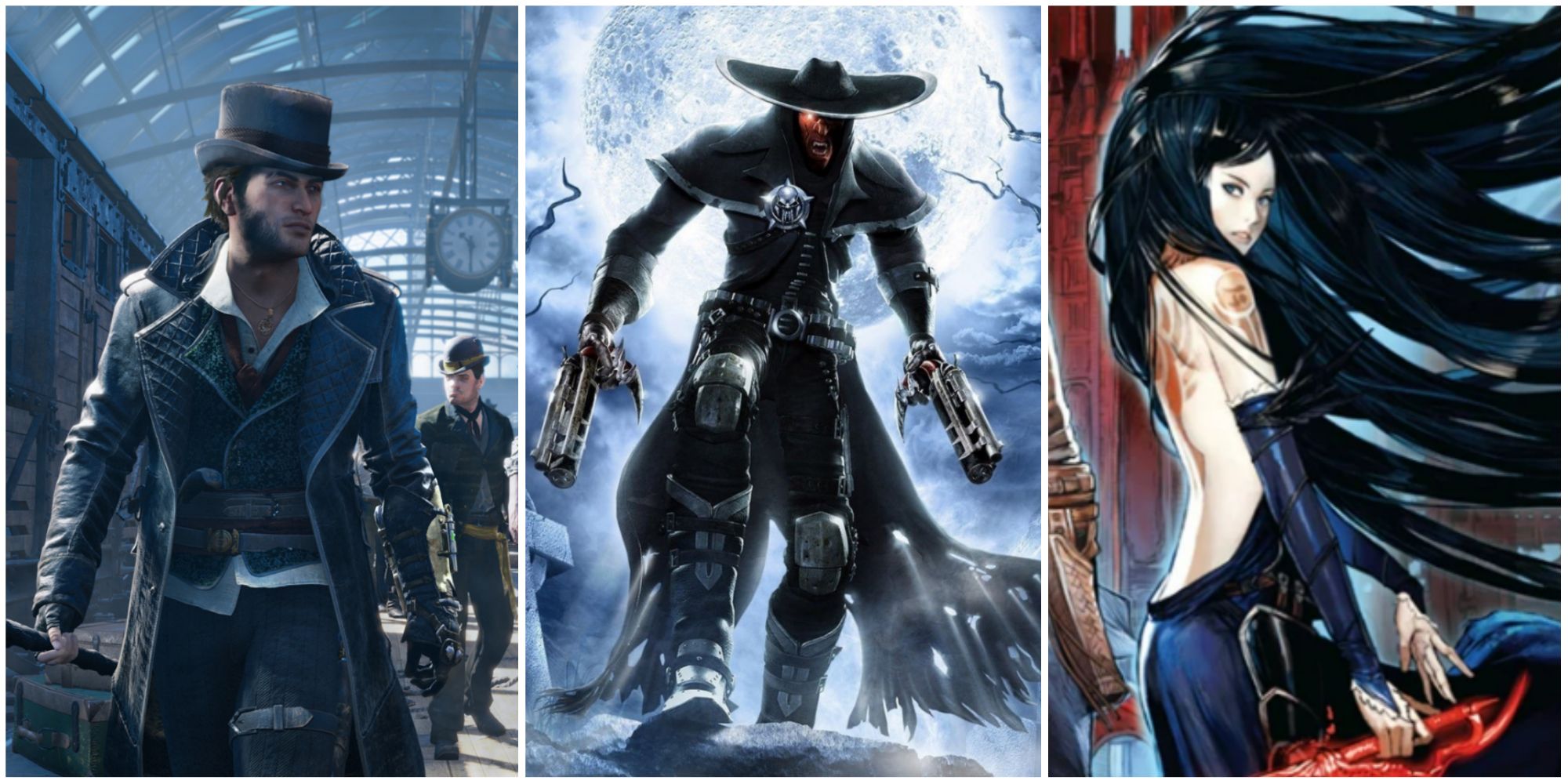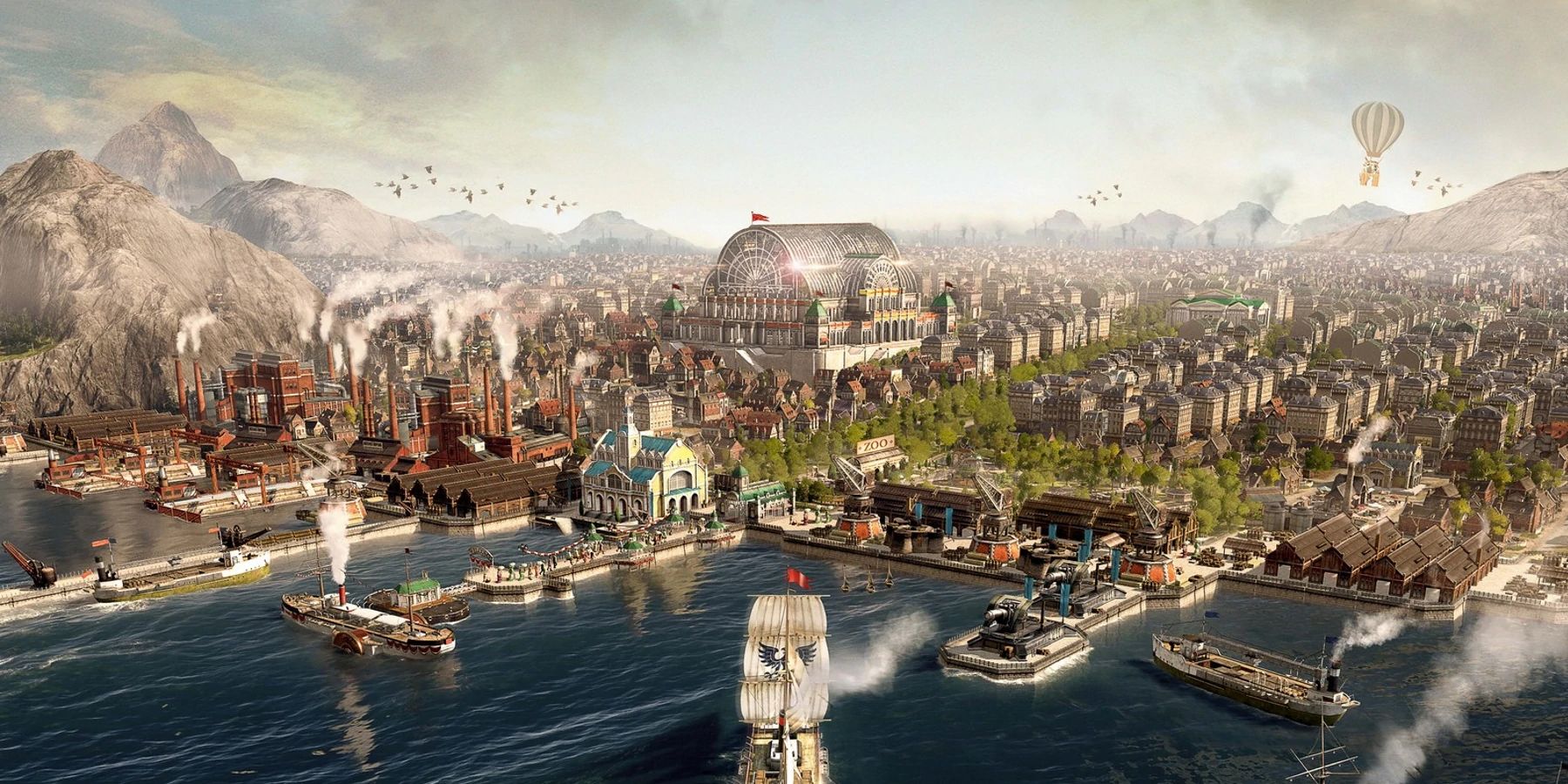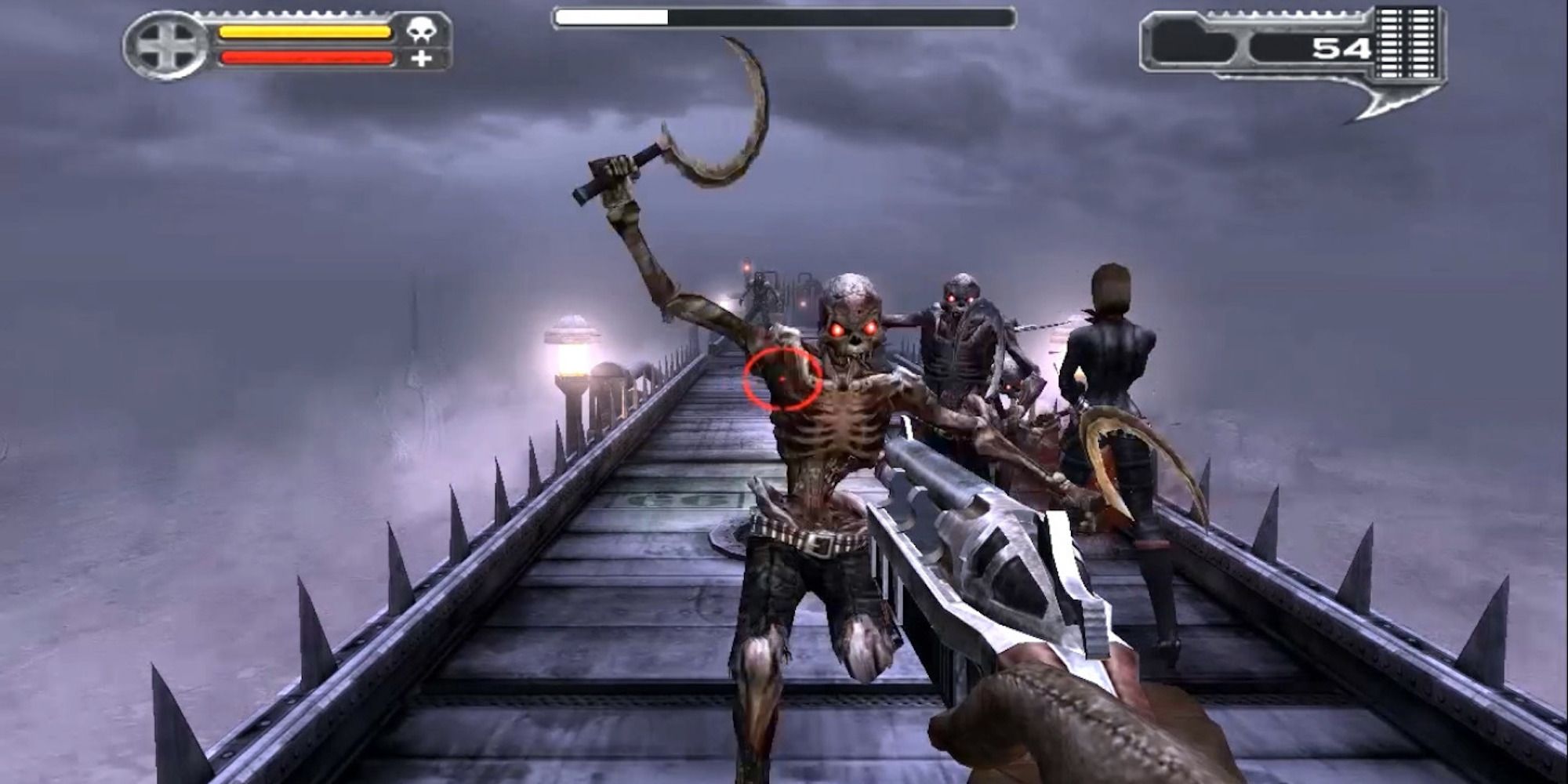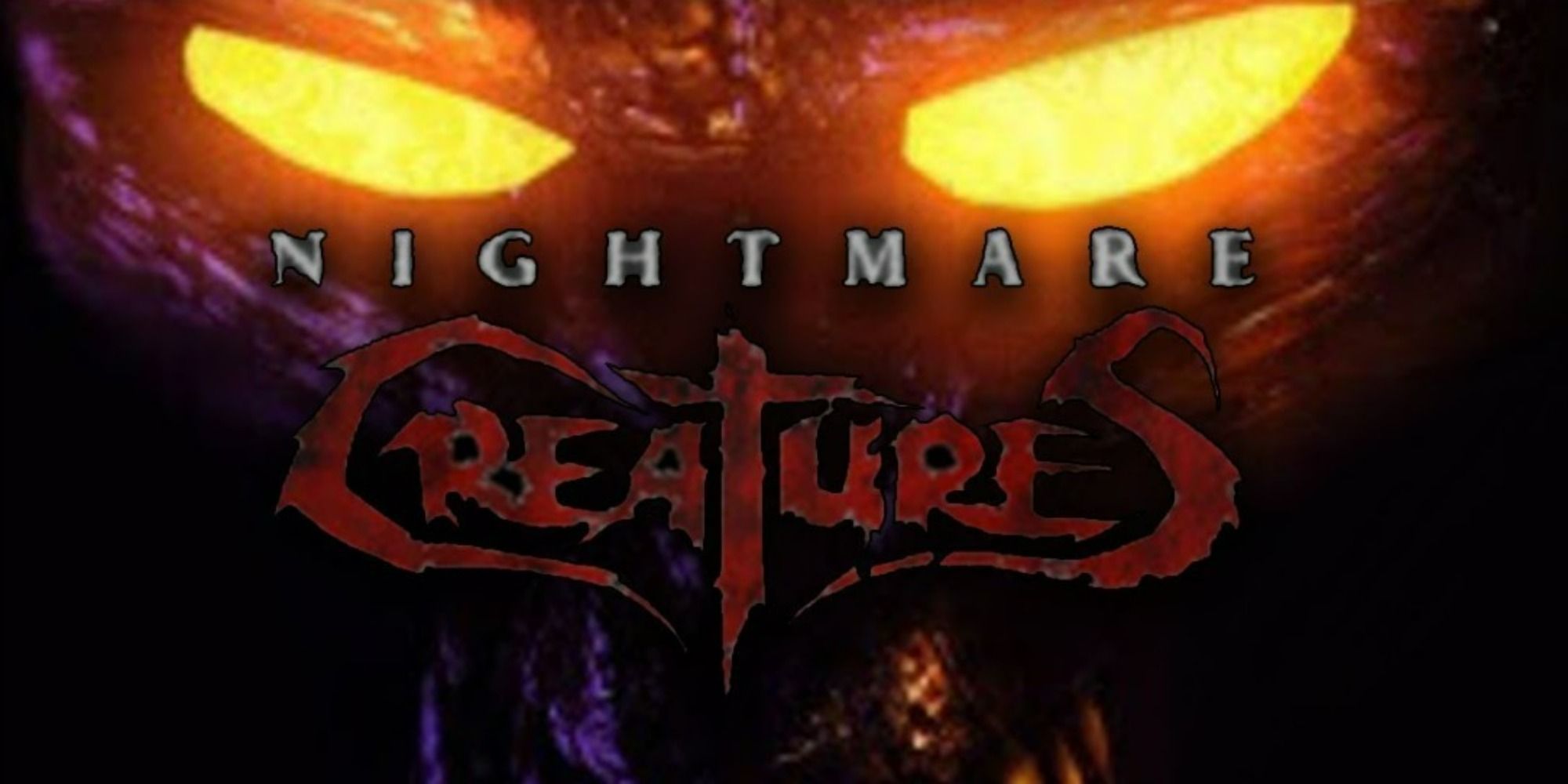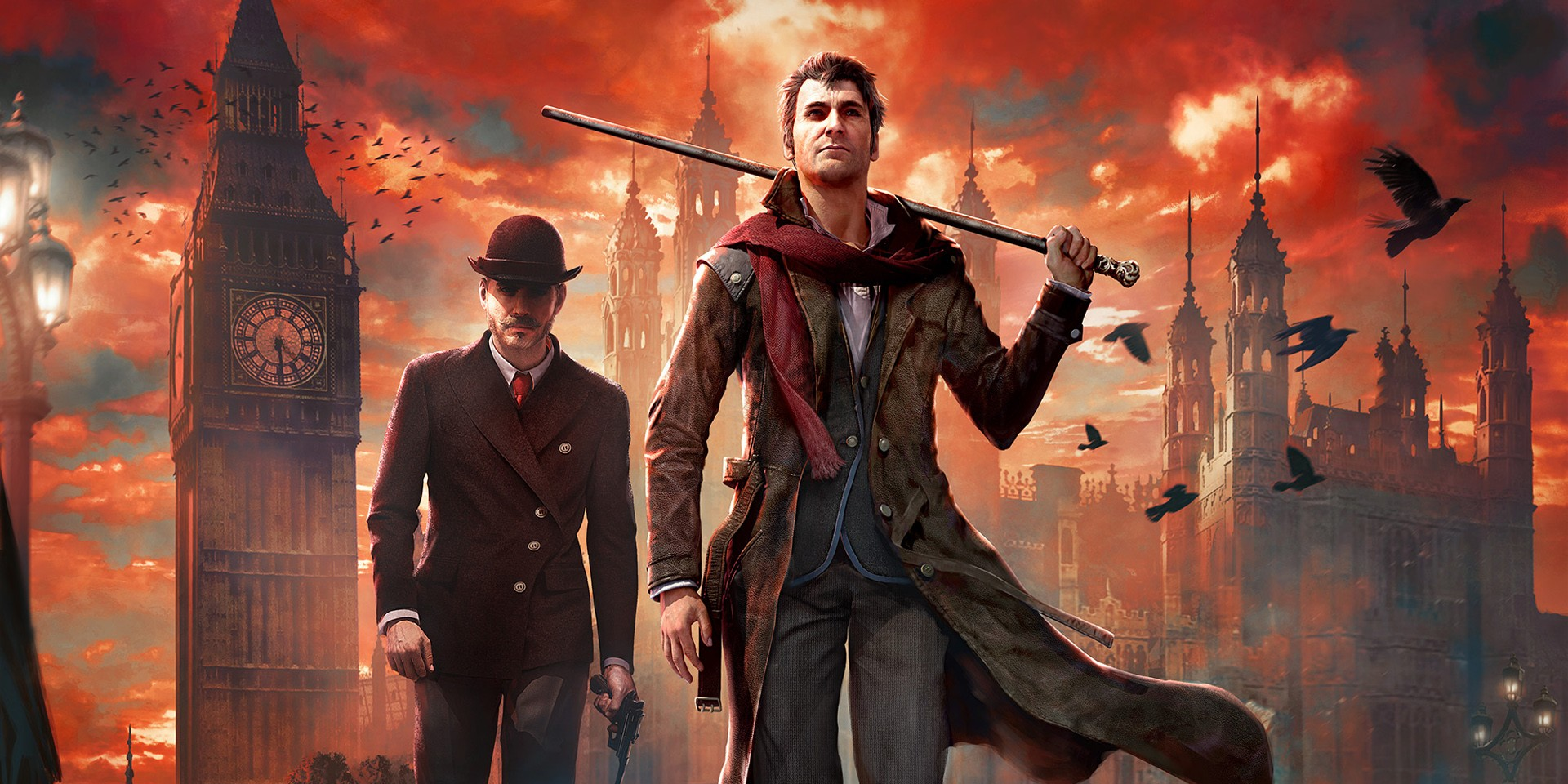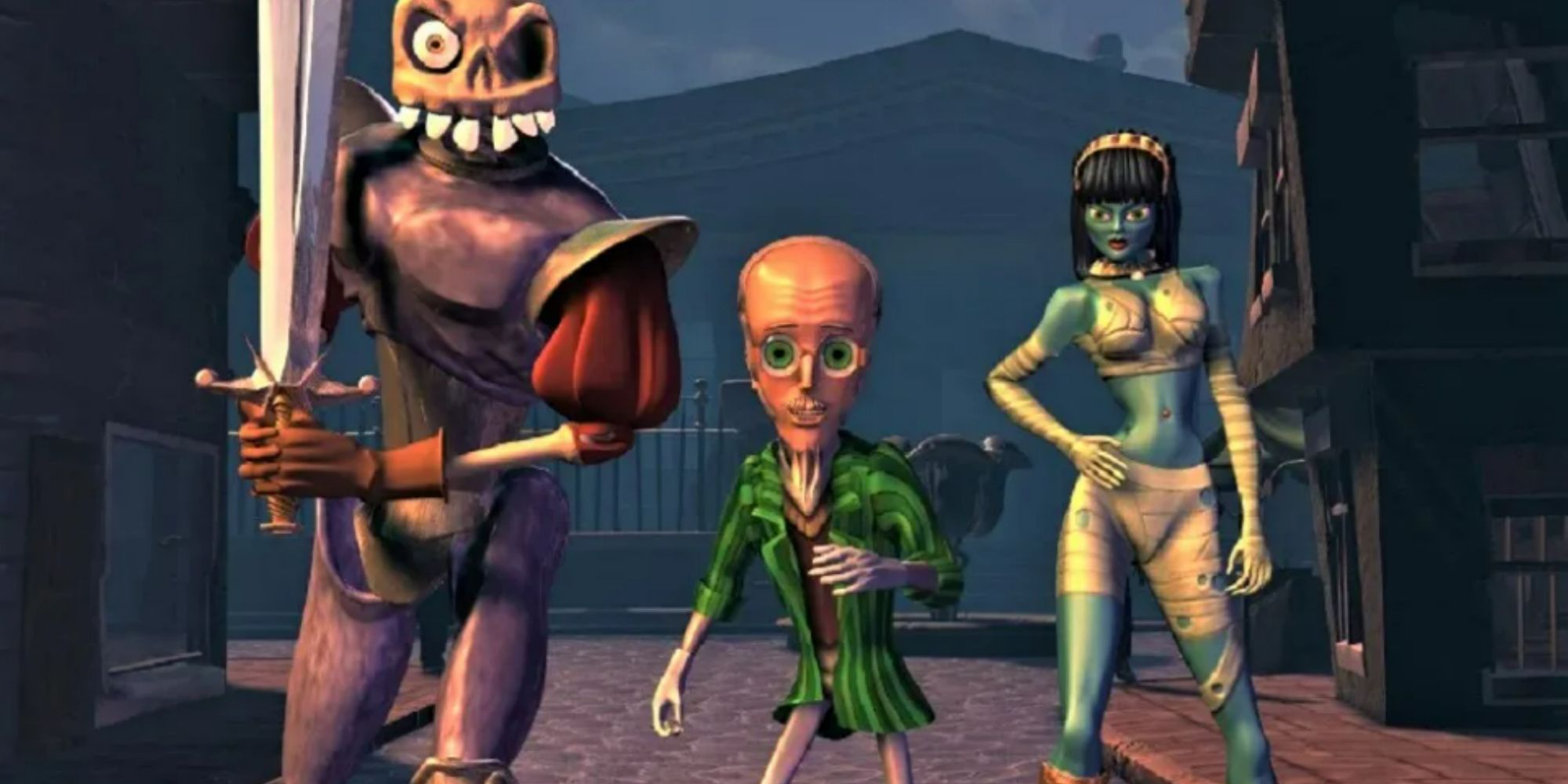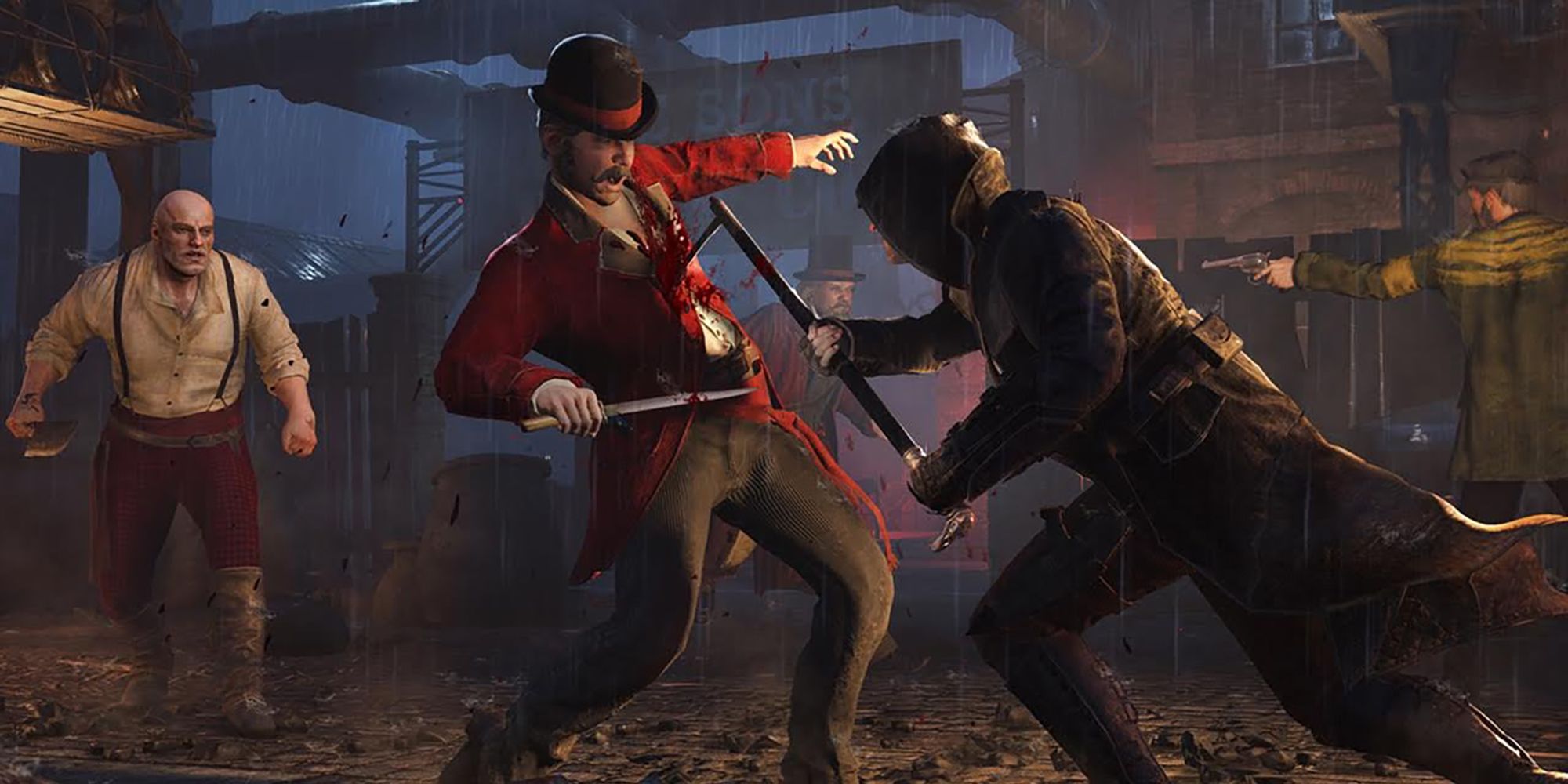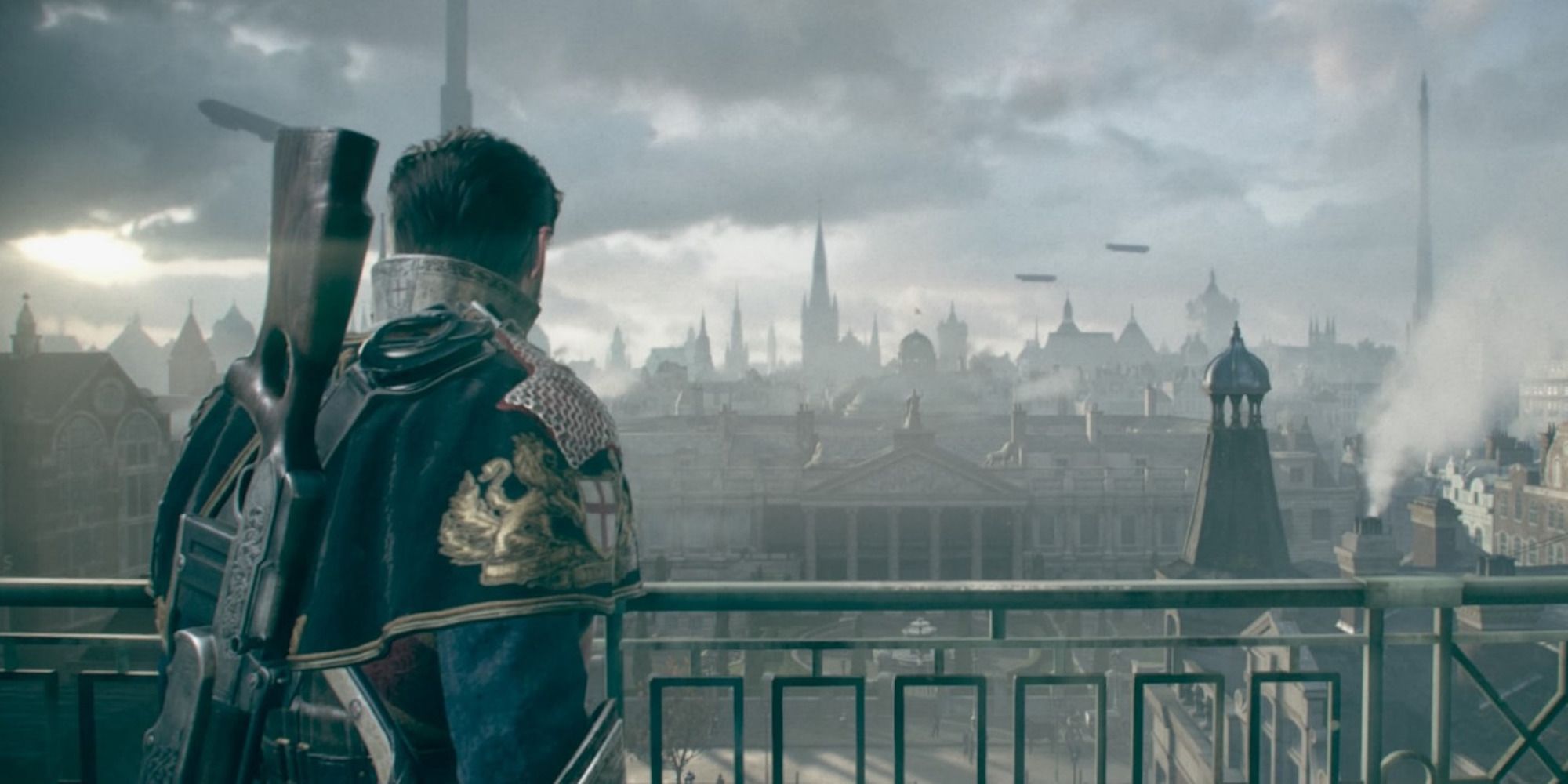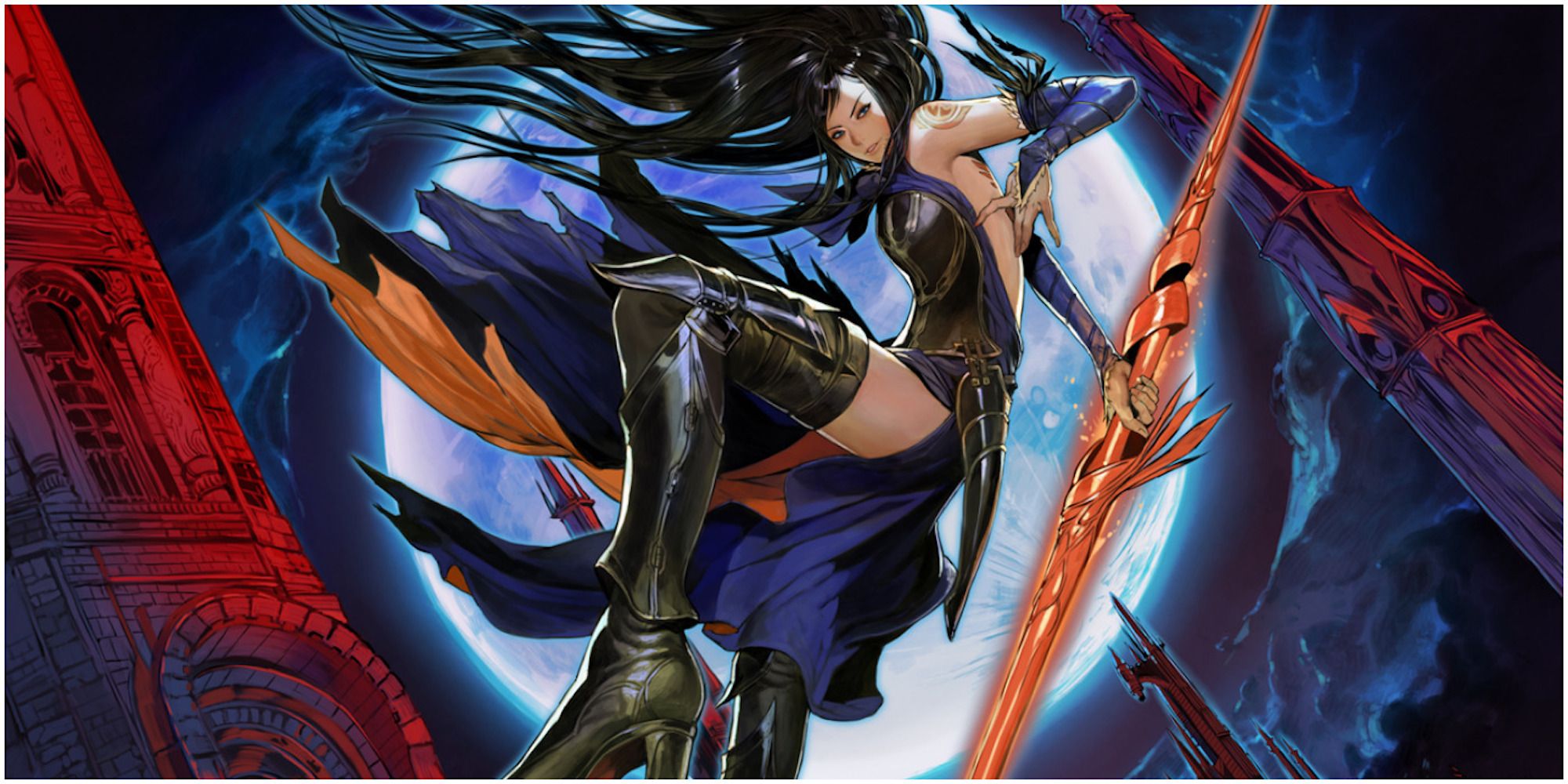The 19th century is easily one of the most popular decades for many video games. This era of social unrest, sweeping global change, the Industrial Revolution, and Victorian influence (to name just a few things) makes for wonderful gaming landscapes. Developers can choose to take a historical stance with games set in this century or they can weave all manner of non-fiction shenanigans to make their games stand out.
Covering all manners of genres, the 19th century has inspired countless games, from AAA juggernauts to smaller indie titles. This list of games distinctly features a 19th century setting, with a blend of realism and whimsy, depending on the game. For fans of this historical period, there are myriad games to become immersed in.
10 Anno 1800
Anno 1800 is a challenging RTS (real-time strategy) game with a heavy emphasis on city building and management. If the title of the game doesn't already give it away, Anno 1800 takes place directly in the 19th century. The game is just one entry in the long-running franchise but this time around focuses on a New World city and order with a Victorian influence.
Players take control of various groups of people, from artisans to production workers to average citizens in order to have them work together to create bustling supply chains. The goal of Anno 1800 is to build a thriving metropolis and a strong dominion in the region.
9 Darkwatch
Darkwatch, a PS2 and original Xbox first-person shooter, revolves (pun intended) around Jericho Cross, a harrowing bounty hunter who must put a stop to a vampiric menace. Set in the Arizona region in the 1870s, Darkwatch combines western ambiance with horror overtones, something that immediately makes it stand out from other games in its genre.
Swapping between revolvers, crossbows, and other unique weapons, Darkwatch sees Jericho tracking down the big vampire baddie: Lazarus Malkoth. Interestingly, the game also doles out powerful vampire/blood powers for players to tinker with and implement when laying waste to the spooky vampire denizens of this century.
8 Amnesia: The Dark Descent
Created by horror masters Frictional Games, Amnesia: The Dark Descent is easily one of the creepiest horror games in the medium. Set in the ominous Brennenburg Castle, players steps into the grimy shoes of Daniel, a character whose past and dark deeds seemingly come back to haunt him around every corner.
Amnesia: The Dark Descent takes place in 1839 and its period influences can be felt all throughout the game. What makes The Dark Descent stand out from its contemporaries is how sanity (or the lack thereof) plays into exploration, monster encounters, and survival itself.
7 Nightmare Creatures
PS1, Nintendo 64, and PC third-person action horror game Nightmare Creatures, even to this day, still has one of the best 19th century settings in all of horror gaming. Although the game starts in 1666 (because of course it does...), a majority of the player's time is spent in gothic Victorian stages in the 1800s.
For the uninitiated, Nightmare Creatures put players into the roles of either Nadia or Ignatius, as they seek to destroy all sorts of dark aberrations and monstrosities in the streets of London. Despite having a variety of powerful weapons at their disposal, Nadia and Ignatius will still have to rely on saving resources for the tougher scenarios.
6 Sherlock Holmes: The Devil's Daughter
Taking place near the very end of the century, in 1896 to be exact, Sherlock Holmes: The Devil's Daughter is a unique mystery adventure game starring the titular detective. The gameplay here is focused on solving crimes, piecing together clues, and working with other characters to decipher motivations.
In The Devil's Daughter, Sherlock must care for Katelyn, the daughter of the now-deceased Moriarity. After another mysterious character enters the foray, it's up to the player to deduce who they can trust and who might be siding with the darkness.
5 Return Of The Obra Dinn
Return of the Obra Dinn is a highly unique narrative-driven puzzle mystery set in 1802 aboard the eponymous ship, the Obra Dinn. As the ship happens upon the shores of England after a failed trading voyage many years later, it has become very clear that something went terribly wrong during the journey, with the crew and passengers either dead or missing.
Created by solo developer Lucas Pope, Return of the Obra Dinn immediately sets itself apart from similar puzzle adventure indie games through its captivating art and graphical style. Players act out the role of an agent for the East India Company as they seek to figure out just what happened aboard the ship.
4 MediEvil 2
This PS1 3d action platformer stars Sir Daniel Fortesque as he traverses through multiple creative and colorful gothic Victorian-themed stages in 1886. Having defeated the evil sorcerer Zarok in the first game, Sir Daniel must now stop another dastardly villain, Lord Palethron, who seeks to harness Zarok's dark magical powers but with mixed results.
Much like the first game, MediEvil 2 combines frenetic third-person action, exploration, and finding collectibles, with gaining new weapons and moves along the way. The slapstick humor that Sir Daniel puts himself through makes for a laugh-out-loud action platformer that fans of the genre and the PS1 shouldn't miss out on.
3 Assassin's Creed: Syndicate
Another entry in the prolific franchise, Assassin's Creed: Syndicate is seemingly the underdog in the series. Starring two of the very best protagonists in all of the series, siblings Evie and Jacob Frye, Syndicate takes place in and around London during the end of the Industrial Revolution (1868).
Syndicate is one of the last entries in the series that retained the gameplay styles made popular in Assassin's Creed II, namely, plenty of stealth sections and more nuanced combat encounters, all set in a smaller (yet more lived-in) open world. Plus, players could meet up with real-life historical figures such as Charles Dickens, Florence Nightingale, and Alexander Graham Bell.
2 The Order: 1886
Despite its incredibly short runtime, lack of meaningful gameplay, and overuse of QTEs (quick-time events), The Order: 1886 manages to create one of the most unique and foreboding takes on steampunk sensibilities in the 19th century. This alternate history game revolves around many of the famous Knights of the Round Table as they seek to defeat supernatural beings in Victorian London.
The game was often maligned for its highly linear and scripted combat encounters, even the ones with the hulking werewolves. Feeling more like a movie than an actual game at times, the story, writing, characters, and setting all helped this game rise above its gameplay mediocrity and stand out with a top-notch 19th century alternate history setting.
1 Castlevania: Order Of Ecclesia
Castlevania: Order of Ecclesia is easily one of the very best 2d Castlevania games, something that is no easy feat when compared to franchise juggernauts like Symphony of the Night. Order of Ecclesia stars Shanoa, a strong female protagonist who has been tasked by a character named Barlowe to undergo a process surrounding Dracula's power known as Dominus. Things quickly go awry and Shanoa must now pick up the pieces.
Castlevania has always managed to shine with stellar settings and ambiance but Order of Ecclesia's 1800s timeline makes it feel right at home in the gothic Victorian era. While much of the 2d action platforming remained from other handheld Castlevania games, it's the inclusion of the Glyph System that really set apart Shanoa's moves.

